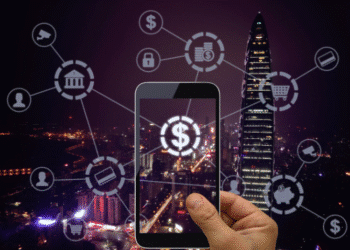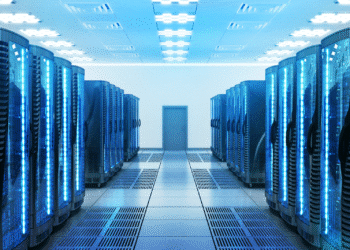Does the Device Make the Payment or the Payment Make the Device?

In payments, what comes after mobile?
Mobile may be all the rage now, but wearables are coming fast, and then there’s the Internet of Things, and there’s even that guy who embedded his bitcoin wallet in his hand — ouch!
It doesn’t matter, says Ed McLaughlin, MasterCard‘s chief emerging payments officer, who believes we’re all hung up on the form factor and are missing the real story. At a Citigroup financial technology conference yesterday, McLaughlin was asked to put digital payments in perspective, and he said, per Seeking Alpha:
What I would start with and the way we think about it is we’re in the midst of just a global transformation as people are moving from the offline and disconnected to the connected. And what you have to remember is mobile, as compelling as it is, it’s just a device. You didn’t throw out your PC when you got a smartphone. I’m positive you bought a tablet two years later and now you’re probably thinking about a wearable and you have a game system and your car is basically a computer on wheels, right? So what we see is every device that consumers have will become a commerce device. And I think the mistake that’s often made is you look at the device or you look at the interface and you think that’s what makes the payment systems. Rather it’s the payment systems that make all these devices more useful.
But one reason people may get stuck on the form factor is that, for example, a smartphone can do much more than a card in terms of authentication and much more. McLaughlin addressed this when he said that it is a mistake to believe to expect to move the same activity to a new medium. Rather, the new medium should do more than the previous one, in terms of convenience, security, or added value.
Second mistake I see is people think the job is to recreate precisely what you could do before in a more complex environment. We’ve all been through waves of innovation; it never works. We call it horseless-carriage innovation. The only question is, is this better than what you could do before? And the only arbiter of if it’s better is that it’s consumers who has to decide whether they’ll stay with their current behavior or adopt the new behavior. So people have asked for a long time around things like contact[less] and why I’m such a strong advocate of it. It’s because we know, we’ve seen it in countries around the world. Once people start to tap two or three times, they never go back to their prior behavior, because it is faster, because it is more convenient. This isn’t an abstract argument on interfaces; it screams out of the data that people like this better. So whether it’s the Tube in London or the taxis in Singapore, Tap & Go is a better experience. In-app is a better experience. Being able to order ahead and pay for it right with a touch rather than having to go and queue up to get my sandwich at lunch — that’s a better experience, that’s what drives the adoption.
So, on the one hand, there is the essential payment that makes the devices possible, and we shouldn’t get hung up on the device. But, on the other hand, new devices and interfaces allow a better experience that customers prefer and is safer, etc.
We can be sure, in any case, that in a more connected world, it will be easier to make payments. And the future is bright for those doing the connecting. McLaughlin: “Everything is connected, but also everyone will be connected. We’ve only reached 40% of the world’s population’s connectivity.”











